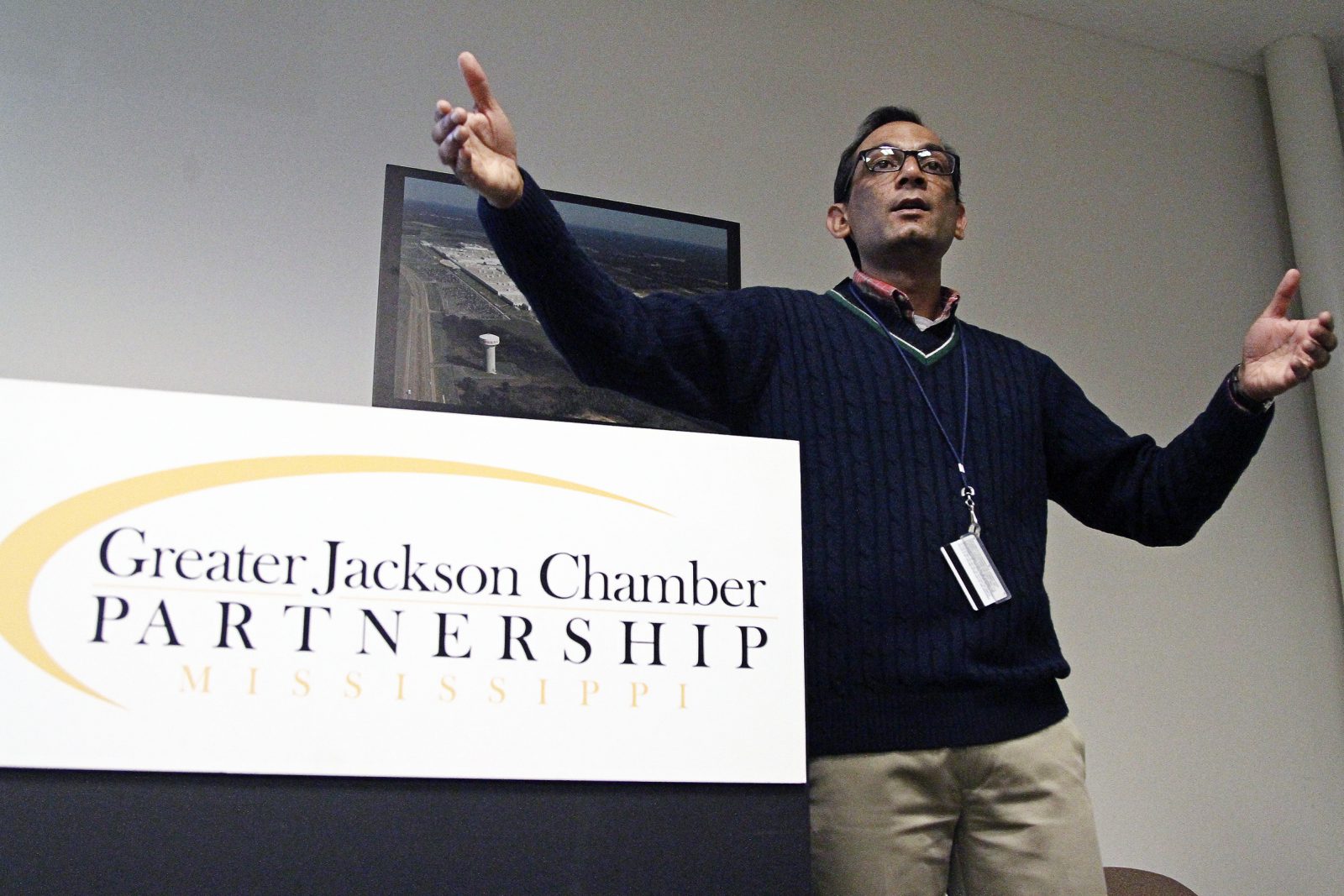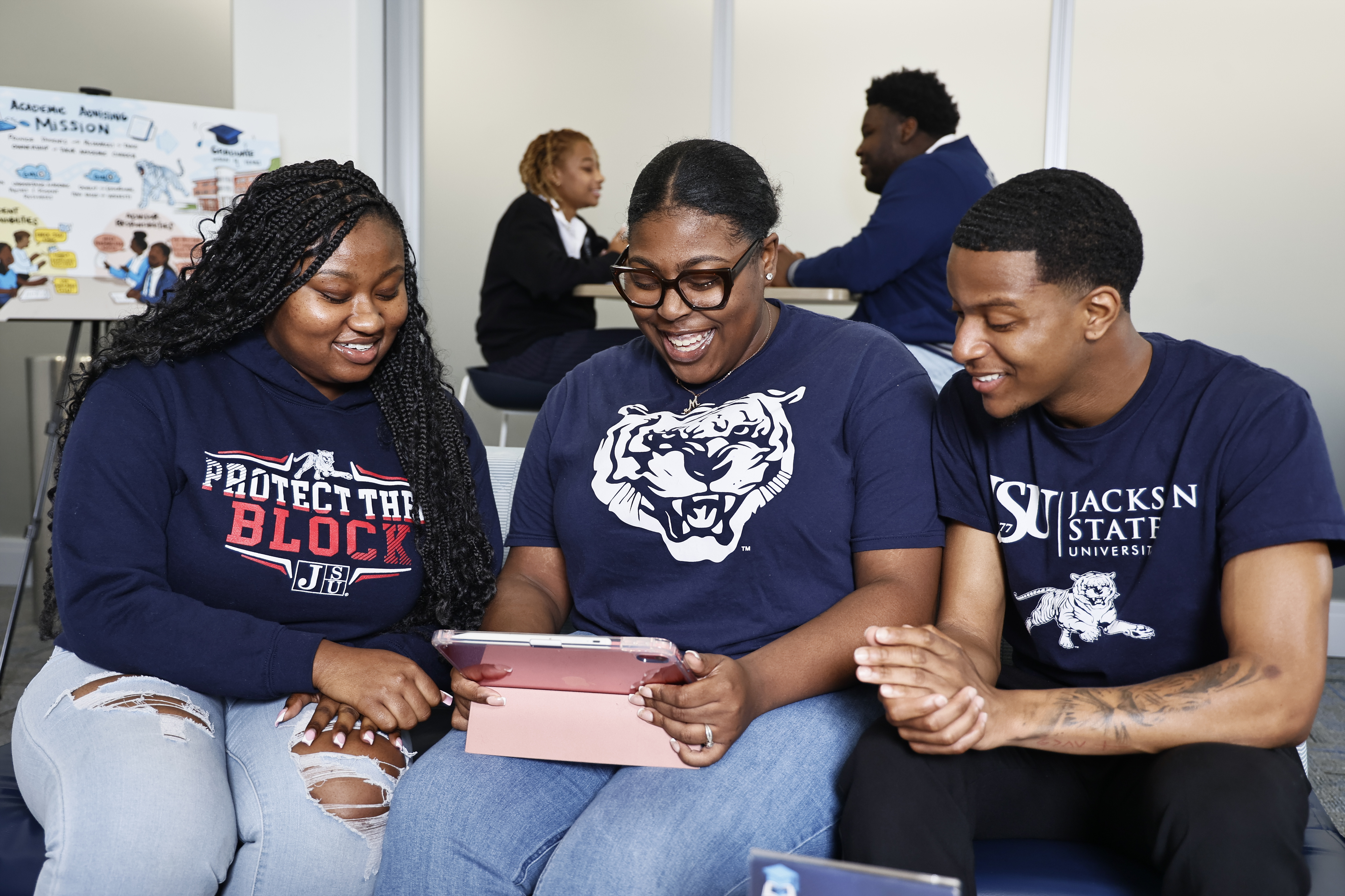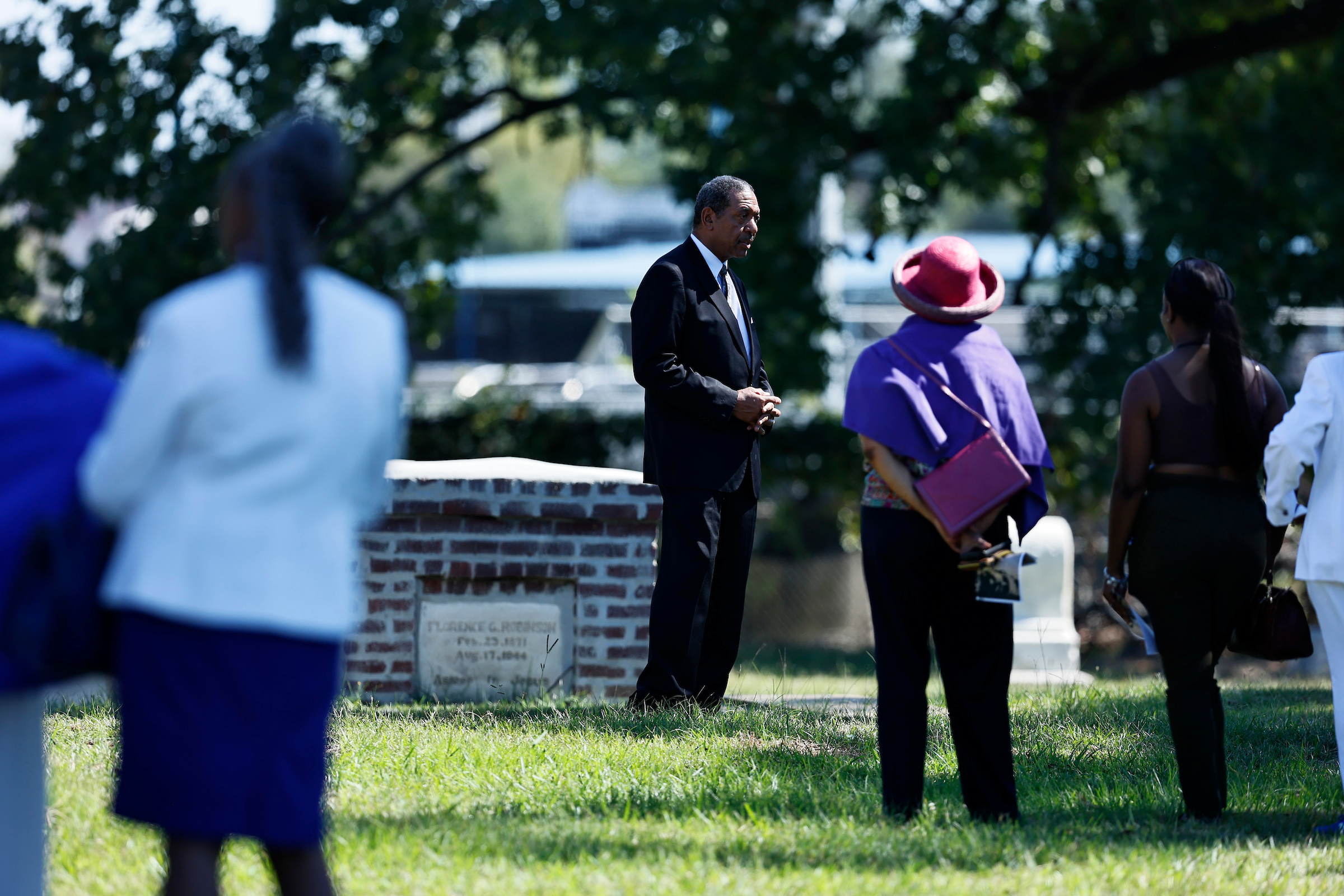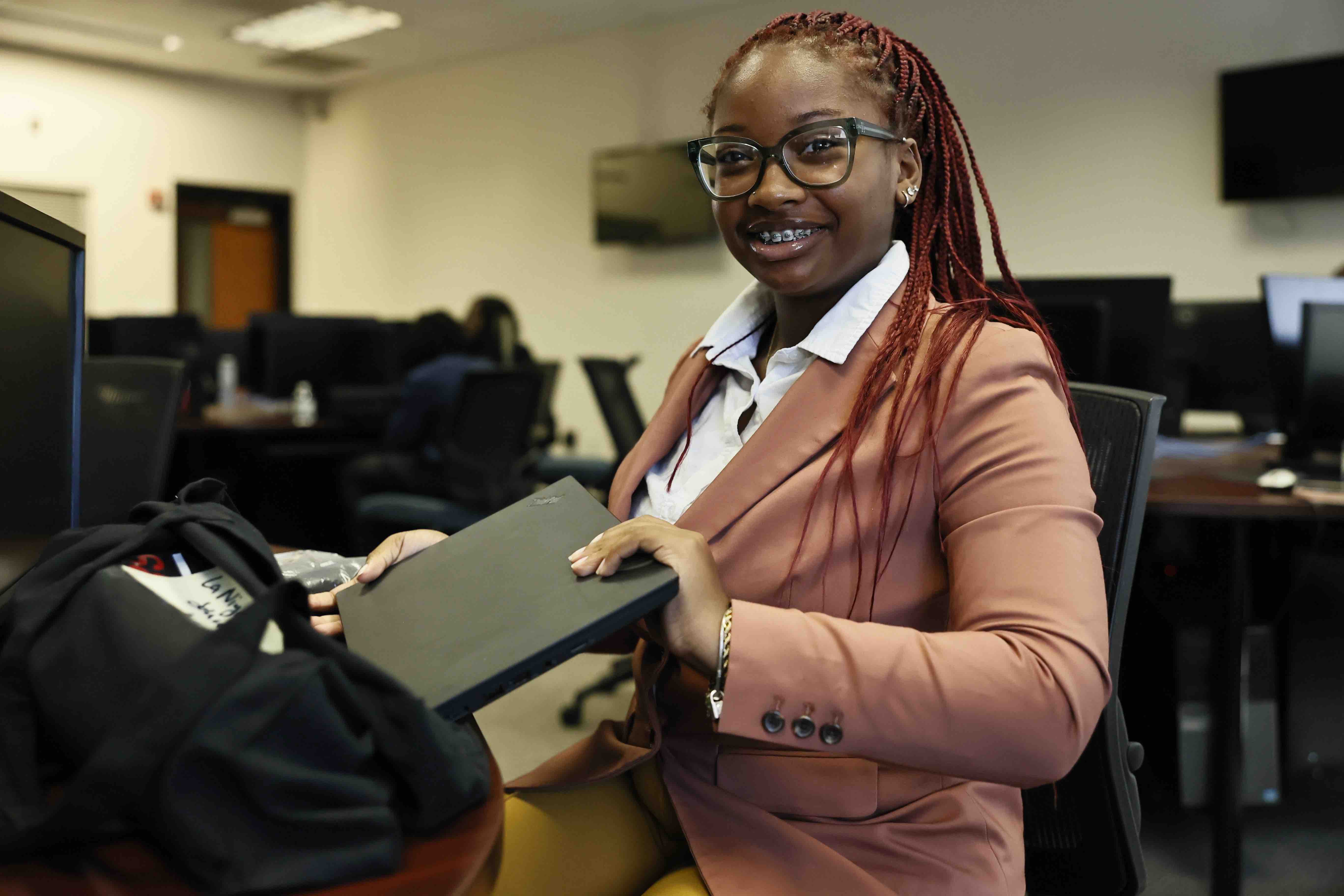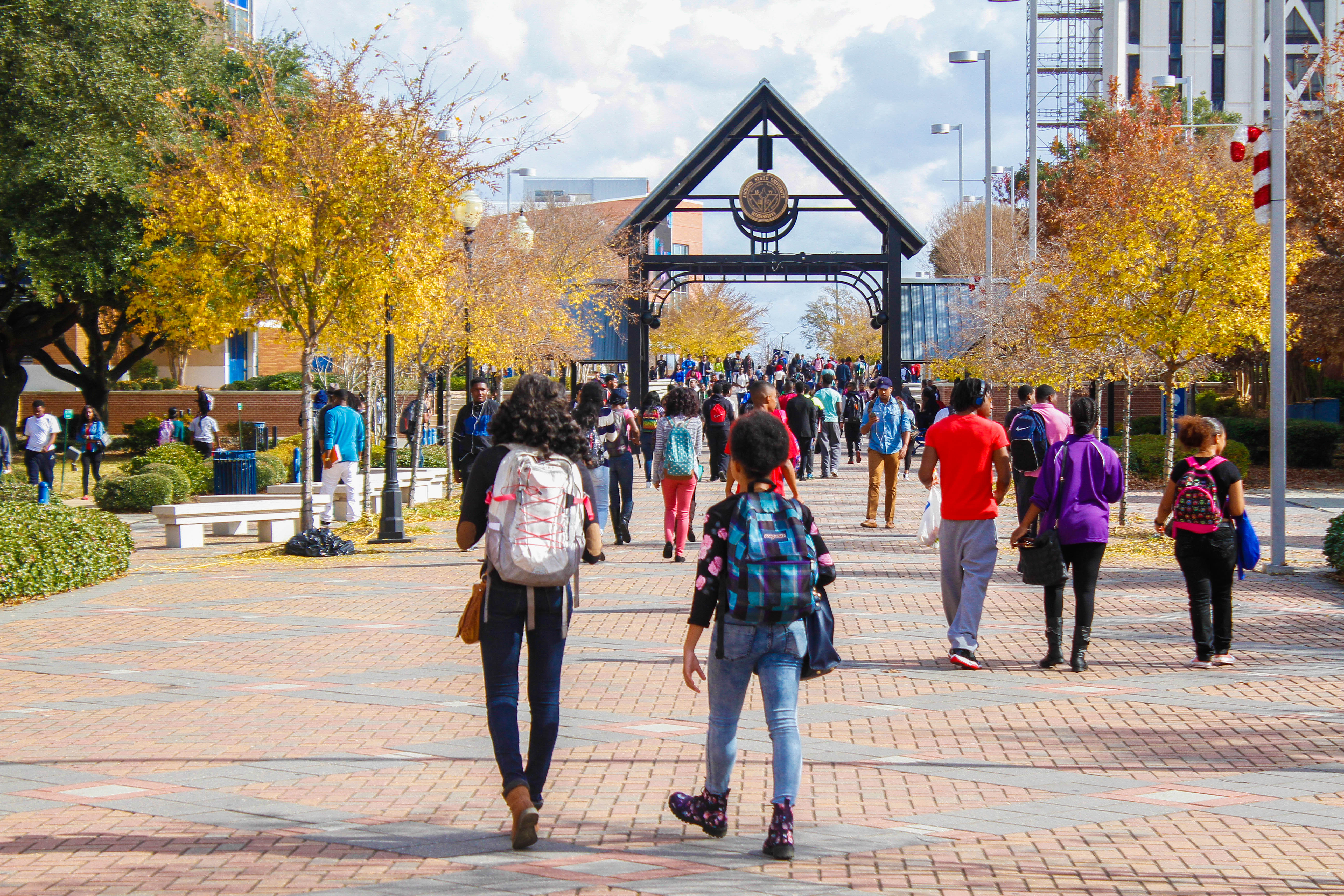Jackson State University’s Dr. Mukesh Kumar has outlined a plan for Jackson revitalization that now will go to local residents and communities for fine-tuning.
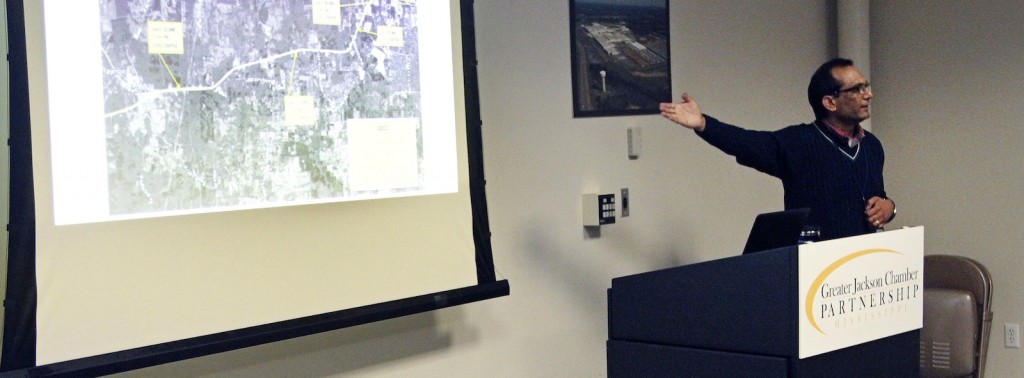
Speaking Thursday at the Greater Jackson Chamber Partnership offices next to City Hall, Kumar revealed a three-part plan that addresses key elements of making a more livable city.
Before an overflow audience of city officials, neighborhood association representatives and local business and civic leaders, the interim chair of JSU’s Department of Urban and Regional Planning defined the revitalization areas as:
— Highway 18 Traffic Corridor (from I-20 into downtown);
— Capital Street Neighborhood Corridor (redesigning the street to enhance neighborhoods);
— State Street Commuter Corridor (from County Line Road to State Street)
JSU Urban Planning and Regional Development graduate students Ramina Aghili, Jaynae Young and Arash Ghahramani detailed each corridor plan.
The revitalization effort is part of the Chamber’s Vision 2022/One Voice initiative to build a blueprint for developing a vibrant city. JSU President Dr. Carolyn W. Meyers, a Chamber board member, has committed JSU’s support.
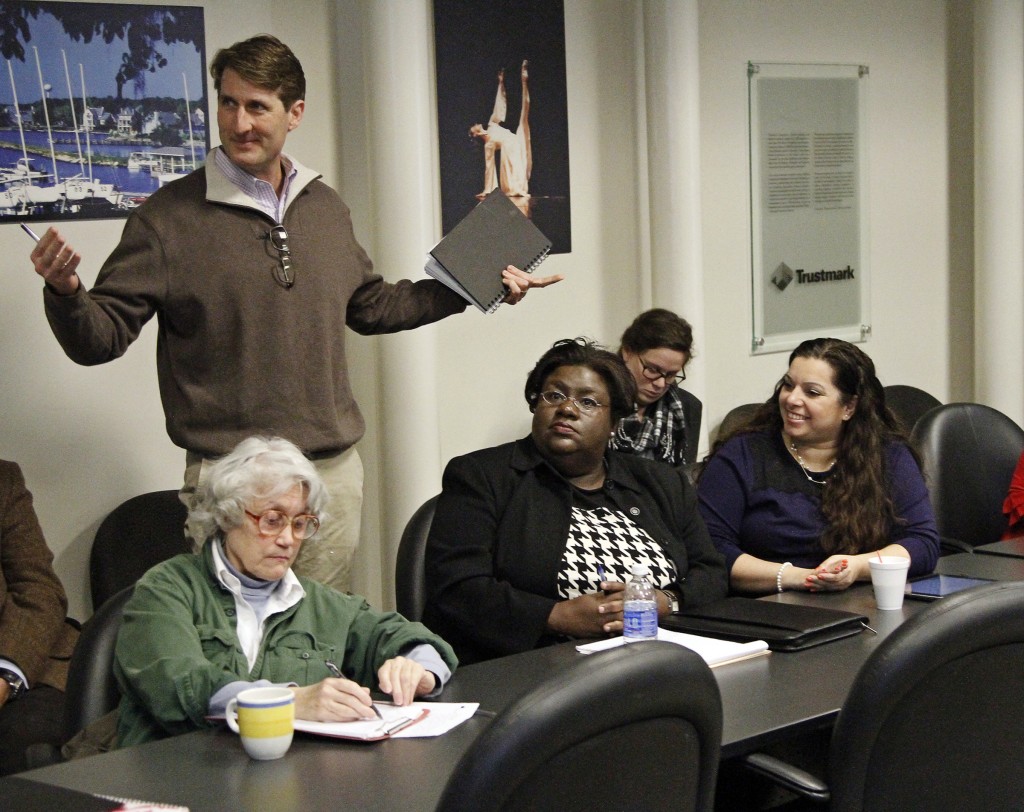
Among those active in the effort are: Dr. Kimberly Hilliard, executive director of JSU’s Office of Community Engagement; Jason Brookins, director of JSU’s Center for University-Based Development; and Dr. Otha Burton, executive director of JSU’s Institute of Government.
Past efforts, involved looking at how an area is developing, compiling data, then turning it over to the city’s planning department to “make it work,” Kumar said.
“That model has been a recipe for disaster,” he said. Instead, he explained, the team attempted to take data about current uses and “tease out alternative futures that we can have.”
This is a “germination” plan that can grow with the city and its needs, he said.
Rather than presenting a plan to residents that may or may not meet their needs or desires, Kumar said, this organizational structure allows local residents, businesses and city officials to work together to create a livable city that meets their current needs and desires while allowing for growth.
The team looked at measuring the city’s daily traffic and current land use zoning, as well as demographics such as percentage of home ownership versus rental properties, population by block, average household size, percentage of people who walk or drive to work, and the inflow/outflow of traffic (commuters).
The team did not look at the data and make judgments, such as valuing home ownership over rental property and deciding to tear down rentals in making the plan, for example. It instead designed questionnaires that measure residents’ opinions, attitudes and preferences so that livability is enhanced.
The result was the three-part plan that addresses the city’s needs for orderly growth and traffic, as well as business and residential needs.
Ideas include reconfiguring mass transit that actually reflects where people work and live, redesigning streets to allow special transit lanes and bike lanes, as well as promoting walking to work with sidewalks and green areas.
What happens now?
“The answer is that we engage,” said Jeff Good, managing partner of Dollars & Sense Creative Consulting and president of Mangia Bene Restaurant Management Group Inc., which owns and operates three restaurants in Jackson.
The importance of enlisting local businesses and residents in helping shape how these broad goals come to fruition is critical to success, Good said.
Several business, neighborhood and civic leaders attending volunteered to organize meetings in their areas. Kumar said he would compile their names and devise meetings for residents in each of the areas for their input to devise a strategy for implementation.
For more information, contact the Office of Community Engagement, https://www.jsums.edu/communityengagement/, 601-979-1731.



